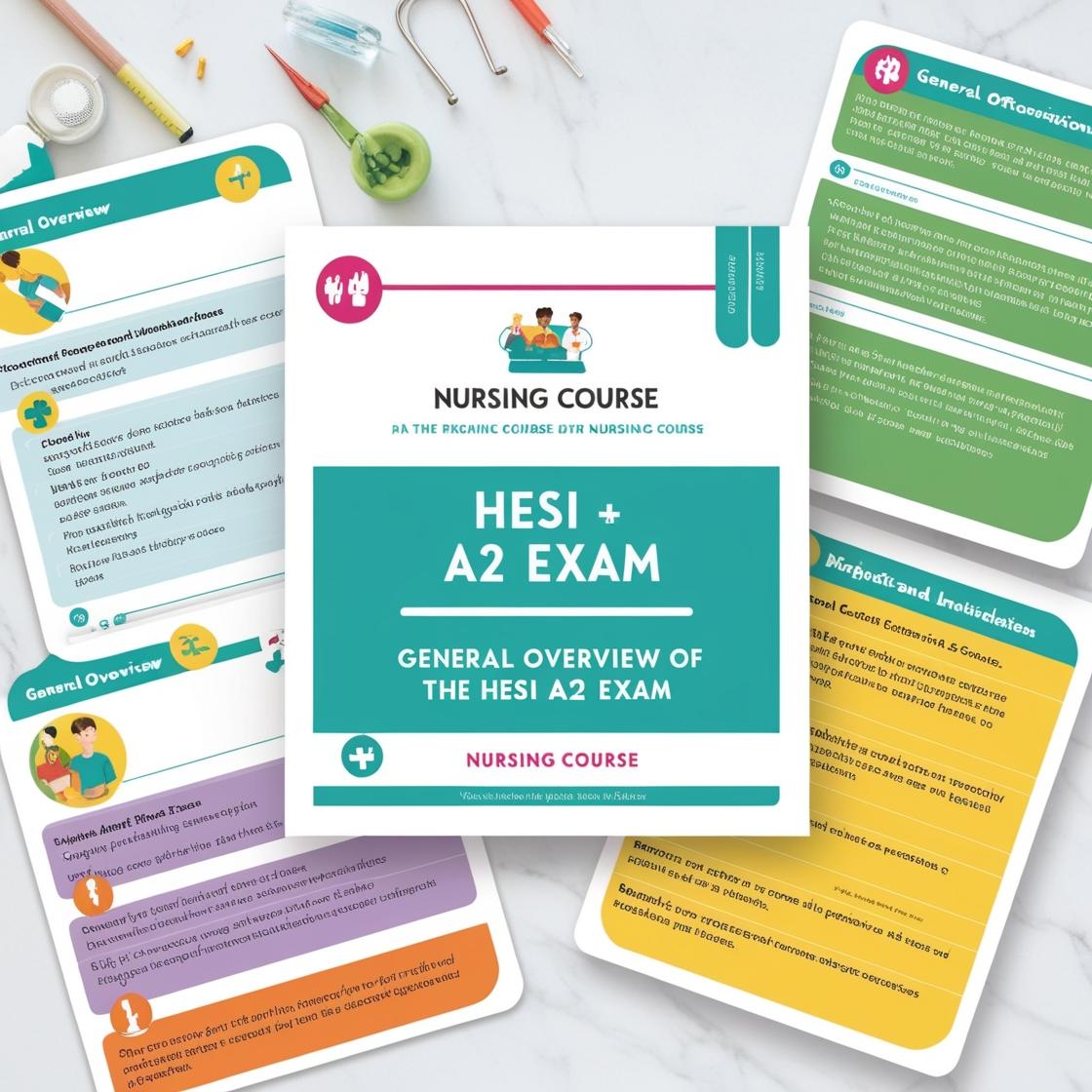HESI A2
HESI Exams Quizlet Physics
1. When a junked car is compacted, which statement is true?
- A. Its mass increases.
- B. Its mass decreases.
- C. Its density increases.
- D. Its density decreases.
Correct answer: C
Rationale: When a junked car is compacted, its volume decreases while its mass remains the same. As a result, the car's density increases because density is mass divided by volume. Choice A is incorrect because the mass of the car remains the same. Choice B is incorrect because the mass does not decrease. Choice D is incorrect because the density increases as the volume decreases, not decreases.
2. Why doesn’t a raindrop accelerate as it approaches the ground?
- A. Gravity pulls it down at a constant rate.
- B. Air resistance counteracts the gravitational force.
- C. Its mass decreases, decreasing its speed.
- D. Objects in motion decelerate over distance.
Correct answer: B
Rationale: The correct answer is B. As a raindrop falls, it experiences air resistance which counteracts the gravitational force pulling it down. This balancing of forces prevents the raindrop from accelerating further as it approaches the ground. Choice A is incorrect because while gravity is pulling the raindrop down, air resistance opposes this force. Choice C is incorrect as the mass of the raindrop remains constant during its fall. Choice D is incorrect because objects in motion may decelerate due to various factors, but in this case, the focus is on why the raindrop doesn't accelerate.
3. An object moves 100 m in 10 s. What is the velocity of the object over this time?
- A. 10 m/s
- B. 90 m/s
- C. 110 m/s
- D. 1,000 m/s
Correct answer: A
Rationale: Velocity is calculated as the displacement divided by the time taken to cover that displacement. In this case, the object moves 100 meters in 10 seconds. Therefore, the velocity is 100 m / 10 s = 10 m/s. Choice B, 90 m/s, is incorrect as it doesn't match the calculated velocity. Choice C, 110 m/s, is incorrect as it is higher than the calculated velocity. Choice D, 1,000 m/s, is incorrect as it is significantly higher than the calculated velocity.
4. Which of these objects has the greatest momentum?
- A. A 1,250-kg car moving at 5 m/s
- B. An 80-kg person running at 4 m/s
- C. A 10-kg piece of meteorite moving at 600 m/s
- D. A o.5-kg rock moving at 40 m/s
Correct answer: A
Rationale: Momentum is the product of mass and velocity. The car has the highest momentum because it has the largest mass and a significant velocity.
5. Sublimation is the change in matter from solid to gas or gas to solid without passing through a liquid phase. Outside of the laboratory, which solid provides the best example of this?
- A. Iron
- B. Silver
- C. Salt crystal
- D. Dry ice
Correct answer: D
Rationale: Dry ice (solid carbon dioxide) provides the best example of sublimation outside of the laboratory. When dry ice is exposed to normal atmospheric conditions, it changes directly from a solid to a gas without passing through a liquid phase. This process is commonly observed in everyday situations such as creating 'smoke' or 'fog' effects. Choices A, B, and C (Iron, Silver, and Salt crystal) do not undergo sublimation. Iron and Silver melt and then vaporize, while Salt crystal dissolves in water, and the resulting solution evaporates, which involves a liquid phase.

Access More Features
HESI A2 Basic
$89/ 30 days
- 3,000 Questions with answers
- 30 days access
HESI A2 Premium
$129.99/ 90 days
- Actual HESI A2 Questions
- 3,000 questions with answers
- 90 days access
